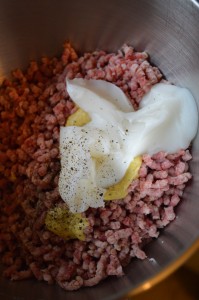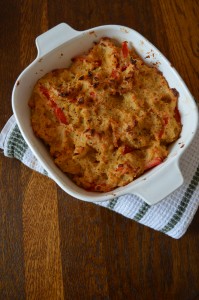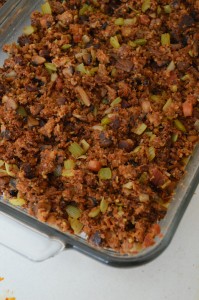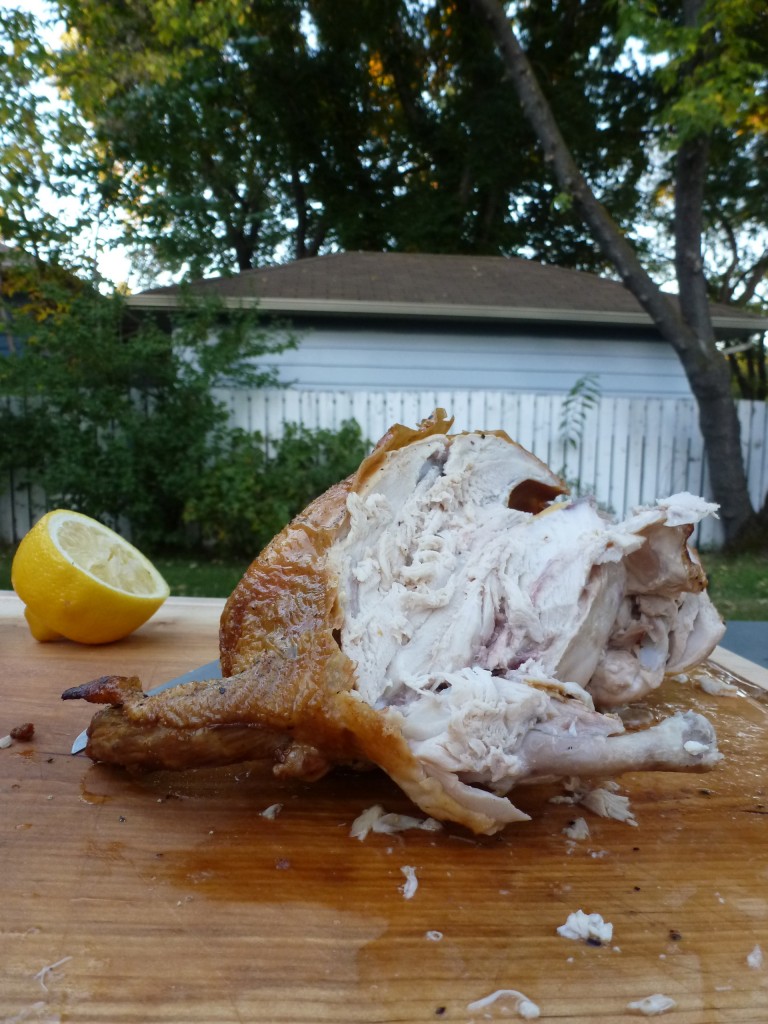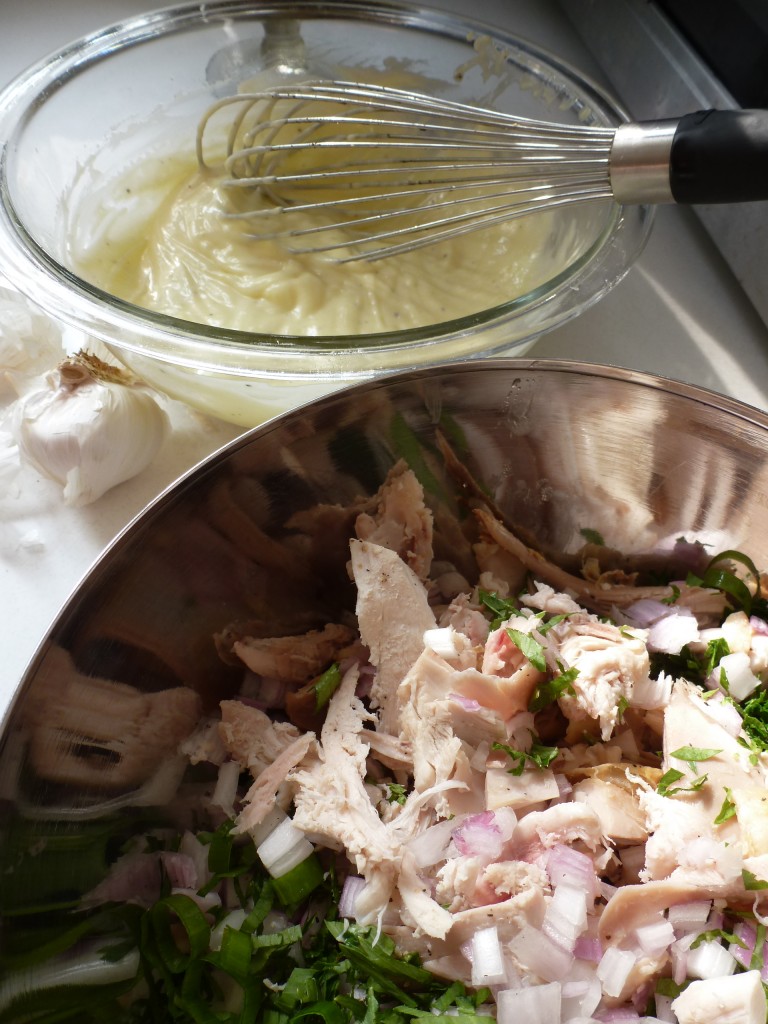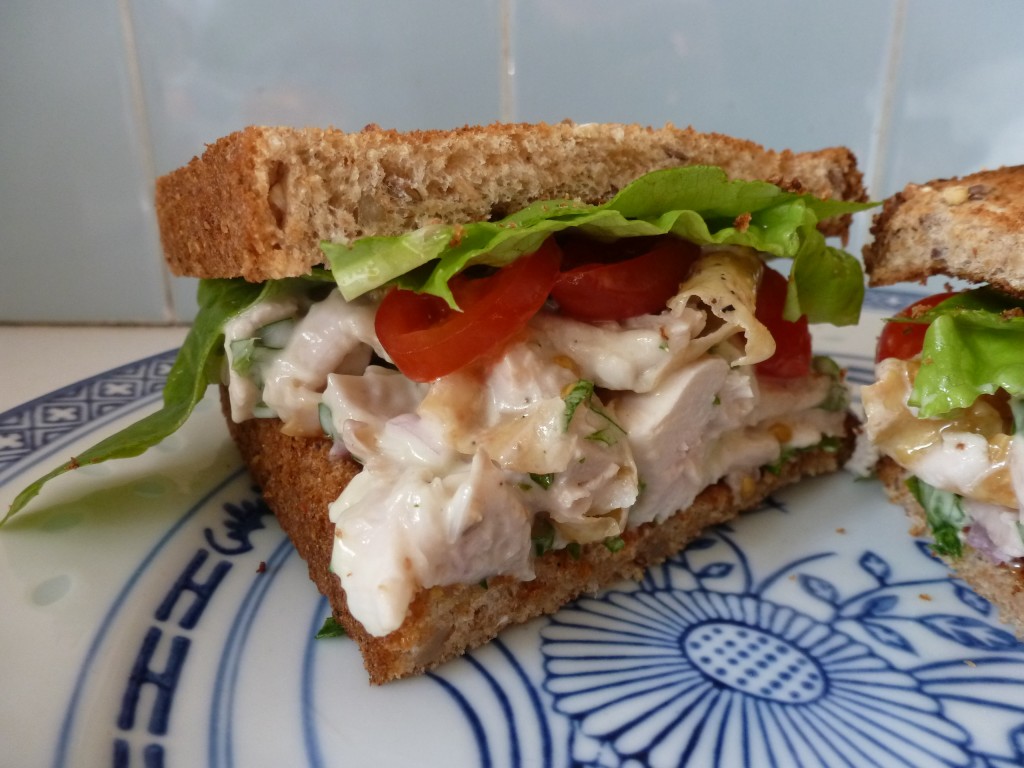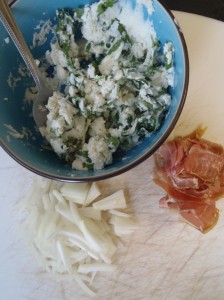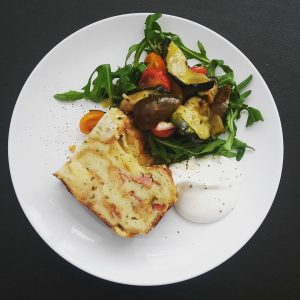 I’ll mention right off the hop that this concept is from the brain of Emmanuel (Manu) Thériault. He might have made this when he was at Woodwork, but I’m not sure. He calls it “Butcher’s Cake”. He told me about it and I think it’s one of the most brilliant food ideas I’ve heard in a very long time.
I’ll mention right off the hop that this concept is from the brain of Emmanuel (Manu) Thériault. He might have made this when he was at Woodwork, but I’m not sure. He calls it “Butcher’s Cake”. He told me about it and I think it’s one of the most brilliant food ideas I’ve heard in a very long time.
Part of the reason I am so enamored with butcher’s cake is because I work in a sandwich shop. When you work in a sandwich shop, you have at least three significant sources of possible waste. The first is bread. Bread is a problem ingredient because it has such short shelf life. It can be difficult to maintain fresh inventory, and … Continue reading.
